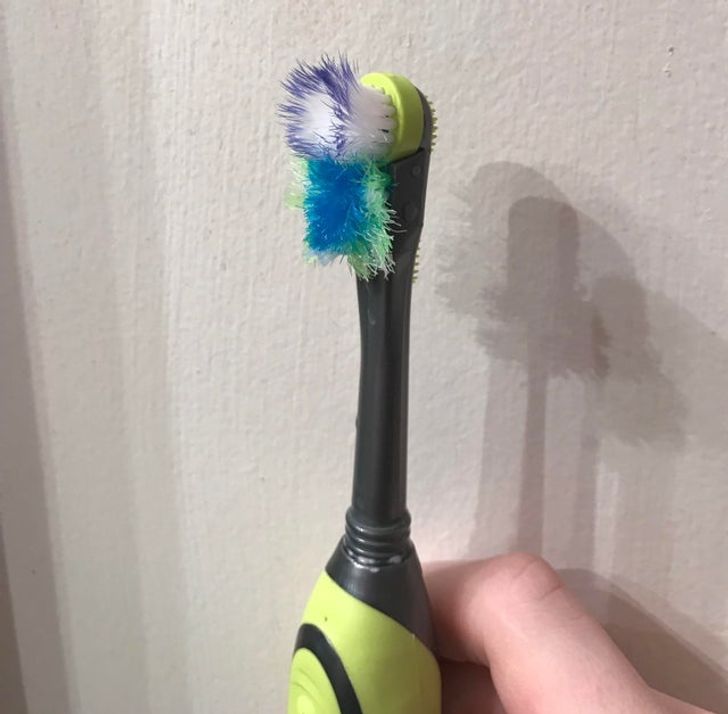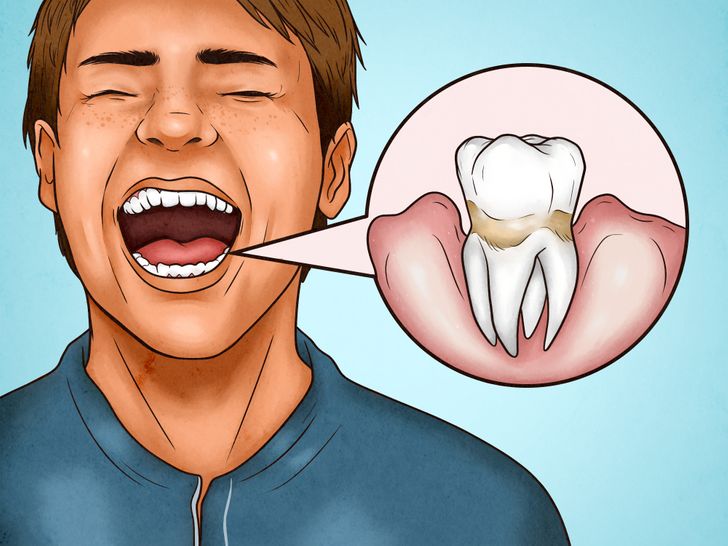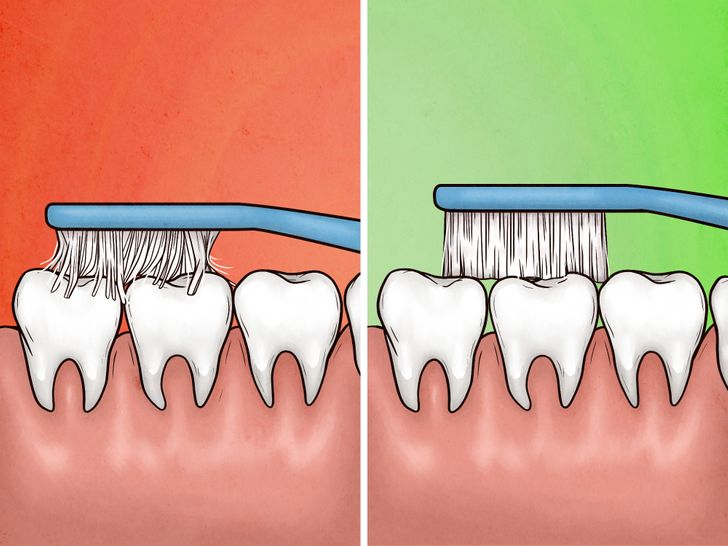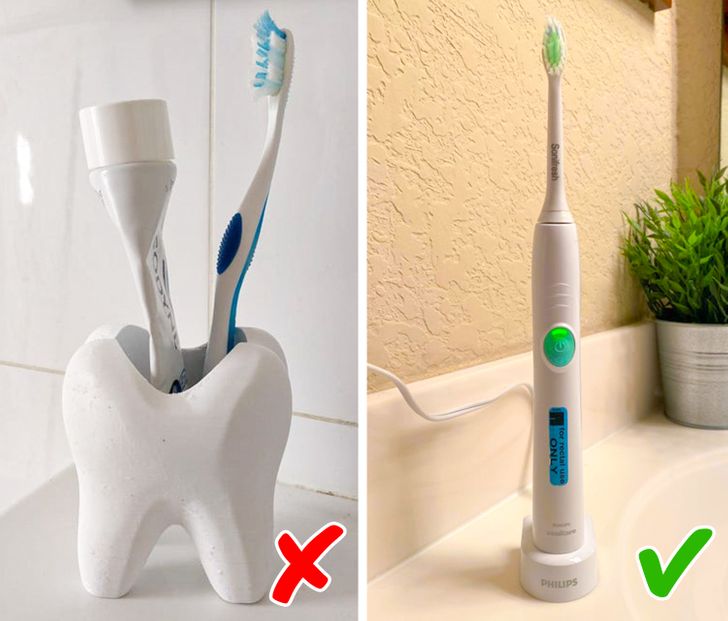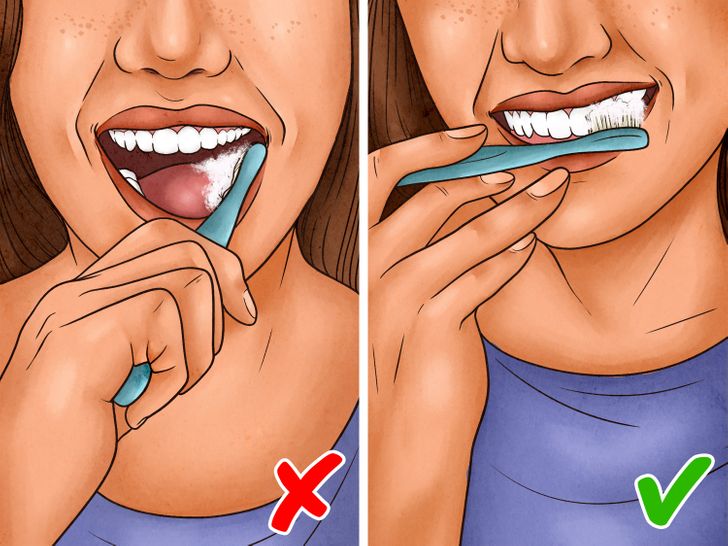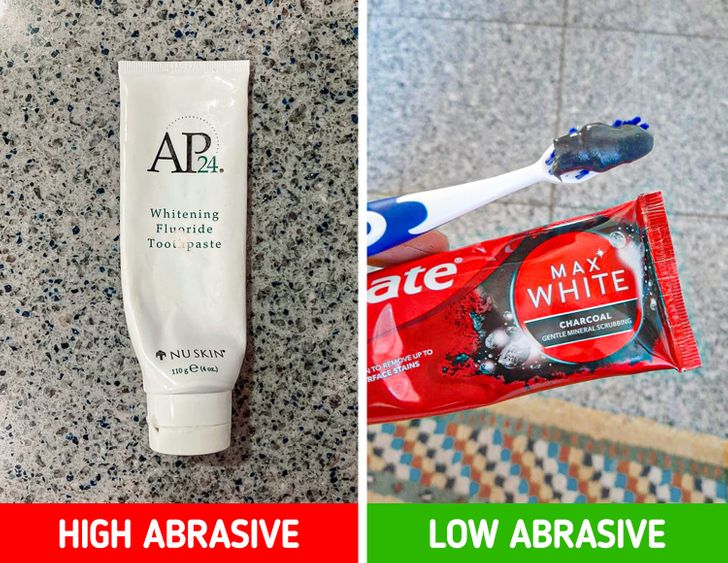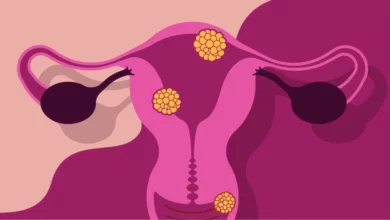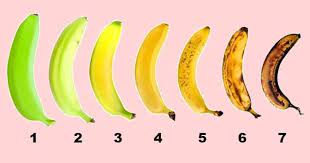Toothbrush abrasion is the most common cause of dental abrasion, meaning that many people brush their teeth the wrong way. It’s either because they brush too hard or they use hard-bristled toothbrushes, and this damages the teeth. So if your toothbrush looks like it needs to be replaced every few weeks, then you’re using it too forcefully. Yes, you need to replace it every 3-4 months, but it should still look quite healthy.
4. The teeth near your gums aren’t very bright or shiny.
The reason that teeth are a bit darker under your gums is that they’re not protected by any enamel. That’s why when your gums start receding, the teeth showing from underneath are more yellow or darker in color. Without having enamel to protect them, they’re exposed to all kinds of germs and bacteria. Thus, the problem goes even deeper, compromising the entire health of your teeth.
SOLUTIONS
1. Use a toothbrush with soft bristles.
It’s not only the speed you’re brushing with, but also the quality of the toothbrush that harms your teeth. Opting for soft bristles is the first step, then you have to reconsider your brushing method. You should keep your toothbrush at a 45-degree angle and start brushing gently back and forth. You can try holding it with your non-dominant hand so the pressure you apply is lessened.
2. Use an electric toothbrush.
One wonderful feature of many
toothbrushes is that they notify you when you apply too much pressure.
The light on it will change from green to red, and it will start making a different noise, similar to an alert. So you need to make sure that whilst you brush, the light remains green, letting you know to apply the correct amount of pressure. However, not all electric toothbrushes have this sensor, which means that you’ll have to check the box first.
3. Hold your toothbrush with only 3 fingers.
Holding your
toothbrush like a pen will help you apply the right pressure to your teeth. This is because
you can easily control the force you’re putting on your hand. On the contrary, when you hold your toothbrush with your fist, you can easily lose track of your force and overbrush. It’s not the pressure that will clean your teeth — the bristles have to be able to get in between all the teeth, removing plaque and other bacteria.
4. Make sure your toothpaste is low-abrasive.
We need our toothpaste to be
abrasive enough so that it does its job and cleans our teeth as it should. However, high abrasive toothpaste does more than that and
removes the enamel from our teeth. Instead of reading labels and searching to see how abrasive the ingredients are, there is another trick you can use.
Simply take a piece of foil and rub a small amount of your toothpaste on it. Then rinse it with plenty of water and see if there are any scratches left on the foil. The number of scratches will indicate just how abrasive the toothpaste is.

